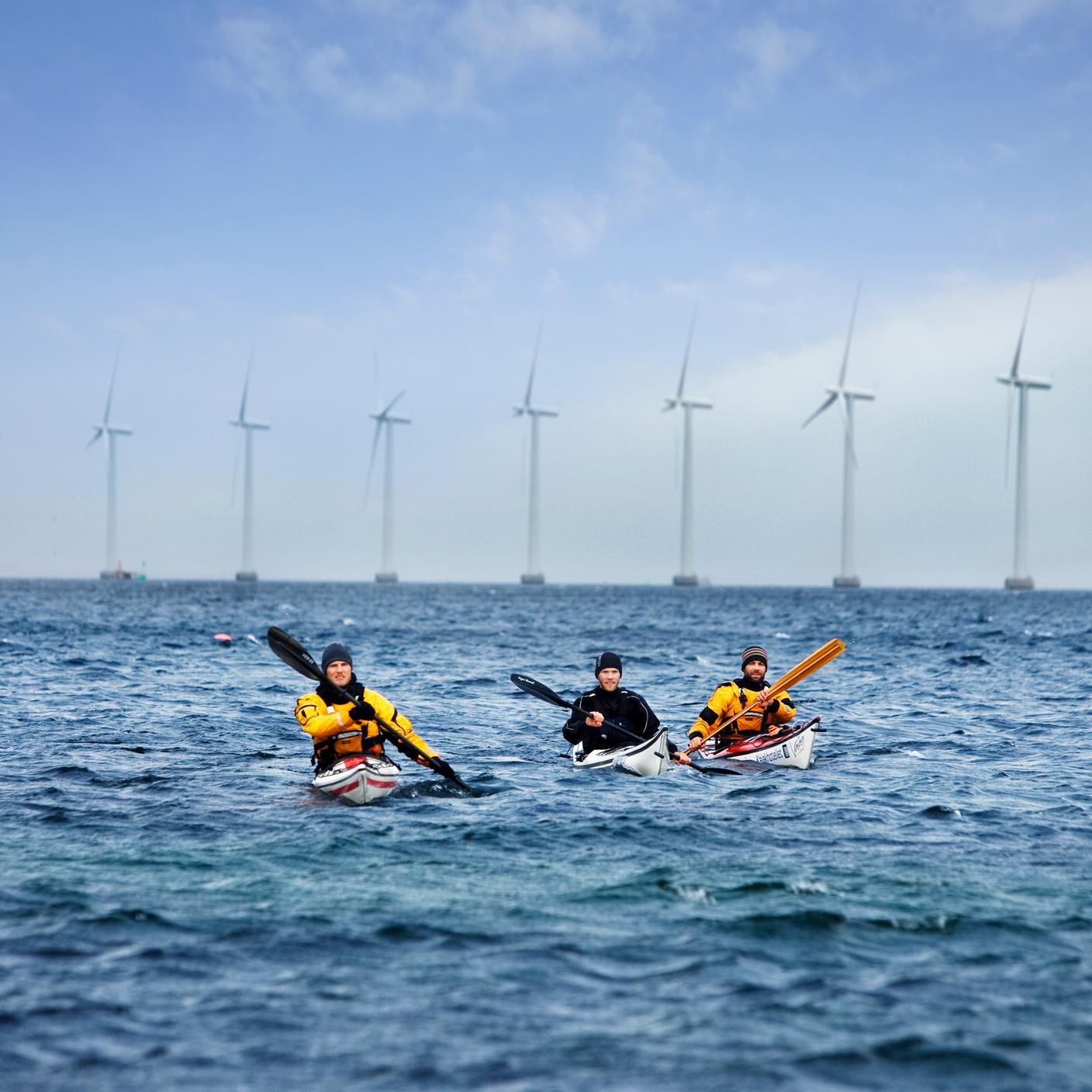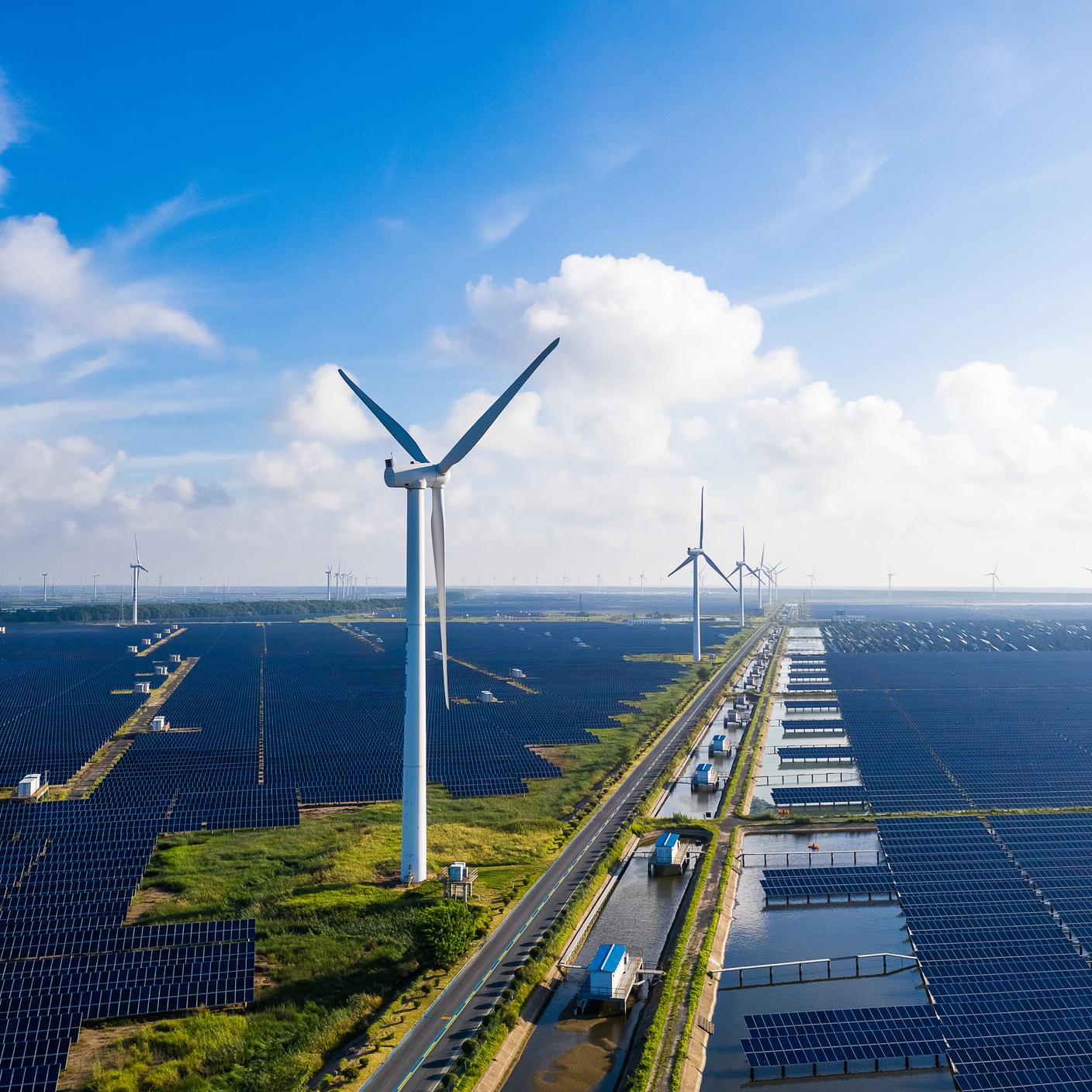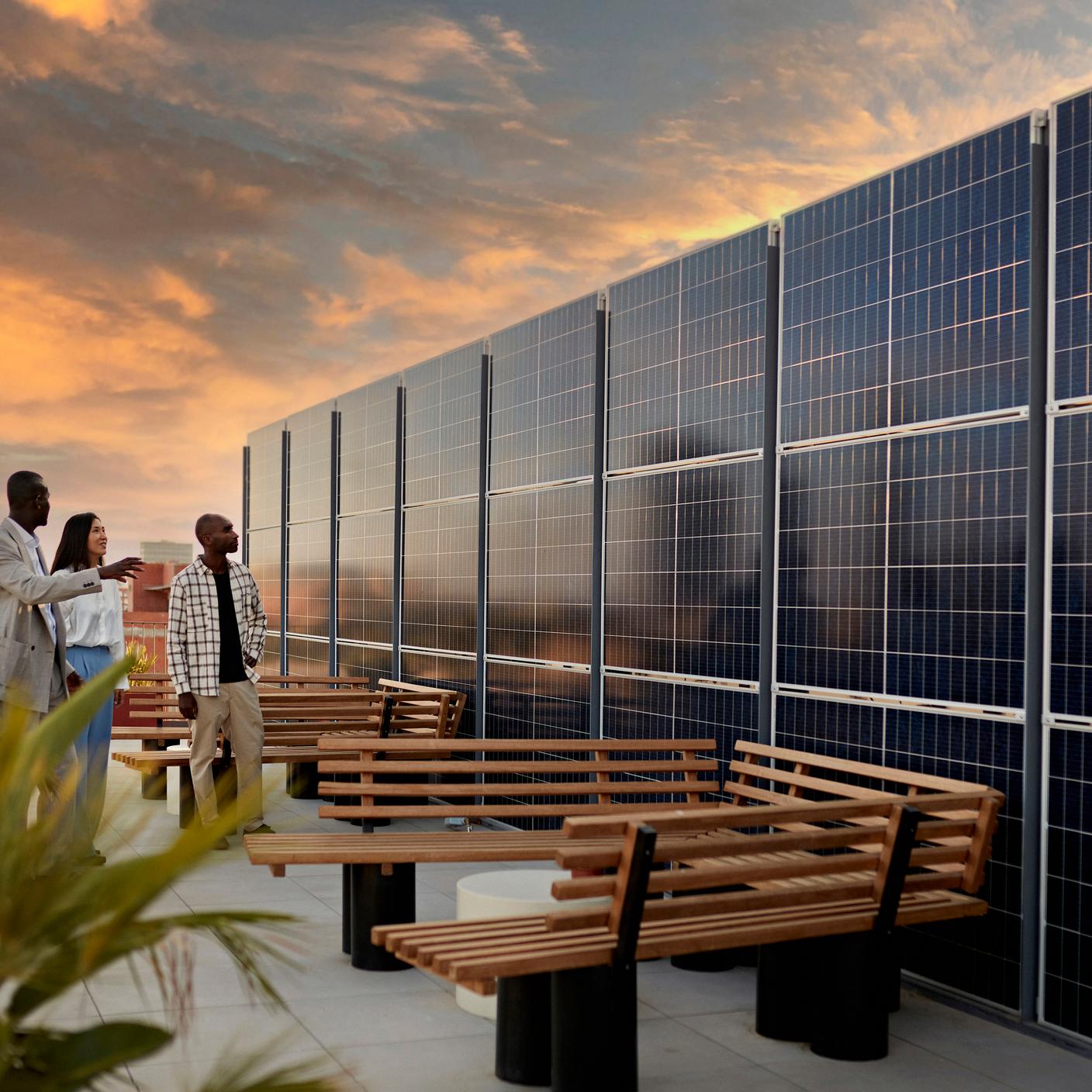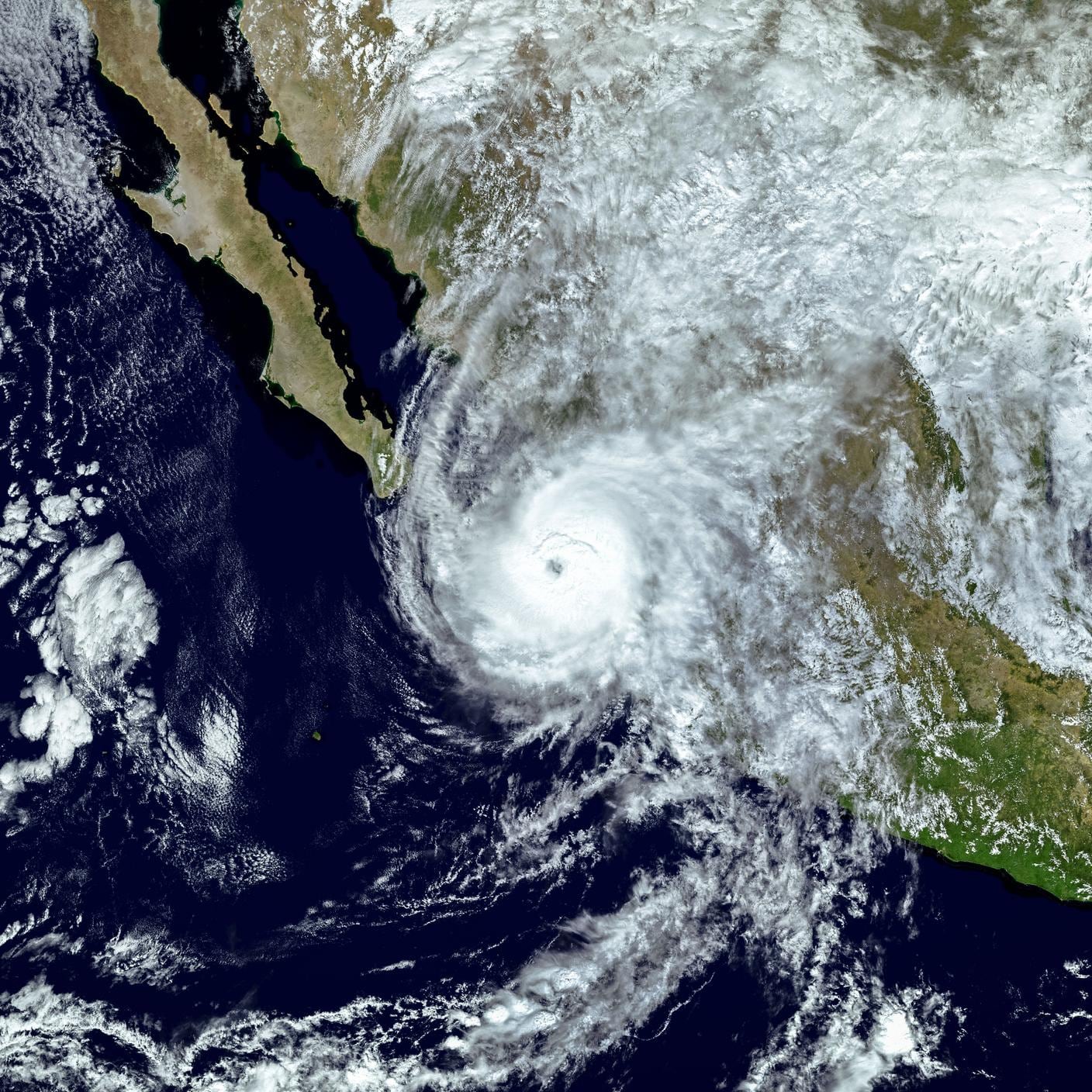The United Kingdom has secured its position as a global leader in the offshore wind industry, harnessing the power of wind to generate clean energy. With ambitious targets and a focus on innovative floating offshore wind technology, the UK is making significant strides towards a sustainable future.
This article explores the rise of the UK's offshore wind industry, its objectives, and the vital role of technical standards in its success.
The ascendancy of offshore wind in the UK
The UK is home to the world’s second-largest installed capacity of offshore wind turbines globally, his capable of powering over 7.5 million homes.
Notably, wind power surpassed gas as the UK's primary electricity source in the first quarter of 2023 – a milestone driven by technological advances, larger wind farms, reduced operating and maintenance costs, and competitive auctions.
Setting bold targets
The British Energy Security Strategy (BESS) has outlined ambitious targets to install up to 50 gigawatts (GW) of offshore wind capacity by 2030, including 5 GW from innovative floating technology. This represents a substantial increase from the 14 GW that is currently installed. Additionally, the UK government aims to power every home in the country with offshore wind by 2030, demonstrating a robust commitment to renewable energy and environmental sustainability.
The crucial role of technical standards
The UK's rapidly growing wind energy industry demands disruptive changes, with technical standards serving as key tools in tackling emerging challenges. By defining best practices and achieving consensus, technical standards continue to be pivotal in nurturing the growth and evolution of the wind energy industry. The International Electrotechnical Commission (IEC) provides foundational international standards for wind energy generation, supporting stakeholders' transition to a low-carbon energy system through the effective utilization of wind resources.
The British national technical committee PEL/88, aligned with IEC/TC88 and CENELEC/TC88, has been instrumental in shaping international, European, and national standards to support the UK's growing wind energy sector. PEL/88 Chairman Tim Camp notes that “UK expertise has been key to the development of many of the technical standards now used day-to-day by the international offshore and onshore wind industries.”
With 98 experts, including six in leadership positions, overseeing critical guidance, the UK stands as one of the foremost contributors of wind energy standardization experts to the IEC, ensuring International Standards keep pace with the rapidly evolving wind energy industry globally. PEL/88's contributions have focused on areas such as larger turbines, offshore support structures, wind resource measurements, structural integrity and aviation safety. Through its proactive role in proposing, developing, and guiding international standards, PEL/88 has played a pivotal role in enhancing the safety, reliability, and efficiency of the wind energy sector.
The UK's expertise in this area is critical in driving the global transition towards a sustainable future, promoting the development of renewable energy sources, and reducing carbon emissions.
Breakthroughs in floating offshore wind technology
The UK is prioritizing floating offshore wind (FLOW) technology to harness the vast wind energy potential of the North Sea. The government aims to secure a first-mover advantage in this field, as was highlighted in an independent report in March 2023.
Committee PEL/88 has set essential benchmarks for the UK to establish itself as a leader in wind energy and a pioneer in offshore wind energy technology. It has addressed regulatory compliance queries and offered vital guidance on data requirements for key wind energy assessments, particularly for offshore wind turbine projects.
Under the guidance of British technical specialists, IEC TC 61400-50-4 is spearheading the development of an international standard for floating LiDAR technology. LiDAR measures wind characteristics and is crucial for the emerging Floating LiDAR Offshore Wind (FLOW) industry. The standard streamlines various methodologies and recommendations, alleviating industry ambiguity and facilitating cost reductions while enhancing database accessibility for wind energy assessments.
The UK's focus on developing floating offshore wind technology and establishing standards for floating LiDAR is pivotal in maximising the potential of the North Sea's vast wind resources and securing a first-mover advantage in the FLOW industry.
The UK's advantage and future prospects
The UK's offshore wind industry has experienced remarkable growth, cementing its status as a global leader. While ambitious targets and a focus on floating offshore wind technology are shaping the future of the industry in the UK, the rigorous framework of technical standards have been and will continue to be instrumental to the industry’s success.
As the sector progresses, it pledges to deliver clean, renewable energy that will be vital in achieving a sustainable future and securing the UK as a global leader in wind energy technology in the net zero transition.
The UK's early adoption and rapid growth of offshore wind have placed it ahead in the global race towards achieving net-zero emissions. Lessons learned from the offshore wind sector can be applied to improve the development and uptake of other low-carbon technologies, increasing the likelihood of meeting sustainability targets.
The establishment and adherence to technical standards will remain vital in navigating the challenges and disruptions that arise as the industry evolves. By providing critical benchmarks and securing consensus on best practices, standards will be key to ensuring ongoing safety, reliability, and efficiency in the wind energy industry.







